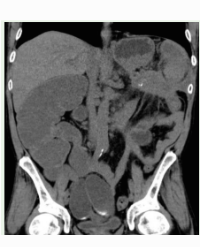
Individualized Exercise Improves Fitness and Psychological Measures to a Greater Extent than Group Exercise during Cancer Treatment
Introduction: Exercise rehabilitation has previously been reported effective in attenuating numerous cancer treatment-related toxicities and enhancing the QOL of patients. Many cancer centers have responded to this by initiating group-based exercise instruction to cancer survivors. However, research from other chronic diseases indicates that an individualized approach is most effective at attenuating treatment related toxicities and maximizing quality of life. Therefore, the purpose of this investigation was to compare a group-based exercise program to individualized exercise on fitness parameters, QOL, and psychological measures.
Methods: 573 individuals who were currently undergoing cancer treatment participated in this investigation. Each group underwent a comprehensive fitness assessment and completed McGill QOL questionnaires at the start of their exercise training, and after 12-weeks of training. Compliance data was also measured for each group. Data was analyzed at the 0.05 level of significance using descriptive statistics.
Results: Exercise has a positive impact on fitness parameters for both groups. On average, the one-on-one exercise group experienced greater improvements in all measured parameters. Likewise, QOL improved for both groups, but to a greater extent in the group exercisers (p<0.05).
Conclusions: Based on these data, it appears as though exercise can improve fitness parameters during cancer treatment. The individualized, one-on-one approach was the most effective at improving fitness
Karen Y Wonders¹˒²* and Danielle Ondreka²




